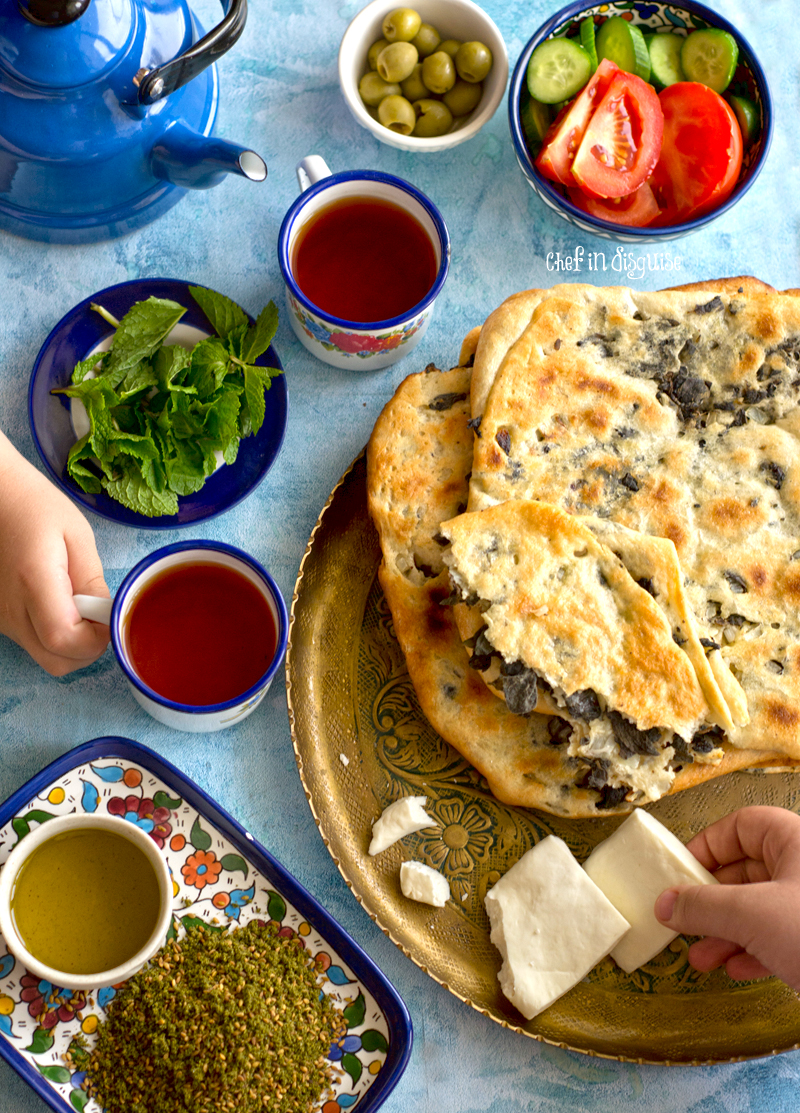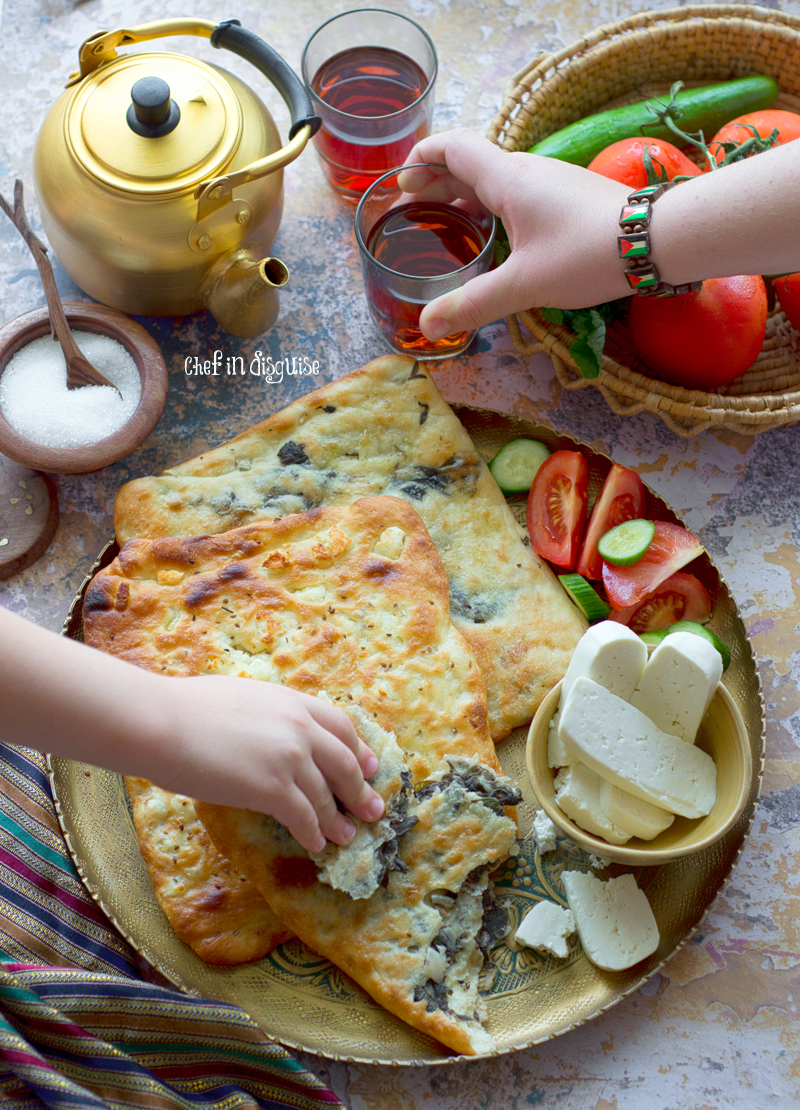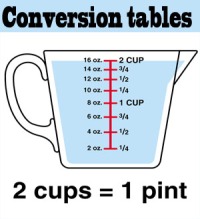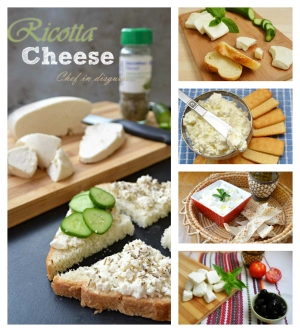“Tastes, smells, plants and food are the anchors of memory ”
Lien and Nerlich Politics of Food (2004)
Humans are wonderful creatures! A picture can transport you back to last summer’s vacation, a song from your favorite cartoon turns you into an 8 year old cheerfully singing along, ready to take on the world, and a spoonful of white bean stew can transport you back to your mother’s kitchen on a cold winter afternoon with the sound of rain playing in the background, the soup (and her smile) warm you inside and out.
Today I am sharing one of the anchors of my memories with you: my grandmother’s recipe for Zaatar fteer. This simple looking bread packs a real flavor punch. It is layered with green zaatar leaves, onions and sumac. All those beautiful flavors play against a flaky bread canvas. The unique folding technique and the use of olive oil with every fold gives the bread a unique irresistible texture and a nutty earthy note that you just have to try.
But before getting to the recipe allow me to share a little bit about my love affair with zaatar with all of you

Jonathan Safran Foer once said:
“Food is culture, habit, craving and identity.”
Like most Palestinians, zaatar to me is so much more than a herb/ spice blend. It is part of my Palestinian Identity.
For hundreds of years, Palestinians have harvested the green zaatar leaves. They are an integral part of the Palestinian cuisine. You can say that Palestinians as a nation have a deep rooted love affair with zaatar. We tend to use it for anything and everything! We use it to make sandwiches, Manakeesh (Flat bread topped with a mixture of zaatar spice blend and olive oil), all sorts of pastries, spice rubs, salads, warm and comforting drinks and natural remedies for colds and flues. Those little velvety heart shaped green leaves with their sharp peppery smell are interwoven with childhood memories for most of us but all that is not the only reason why zaatar has a special place in the hearts and souls of Palestinians.
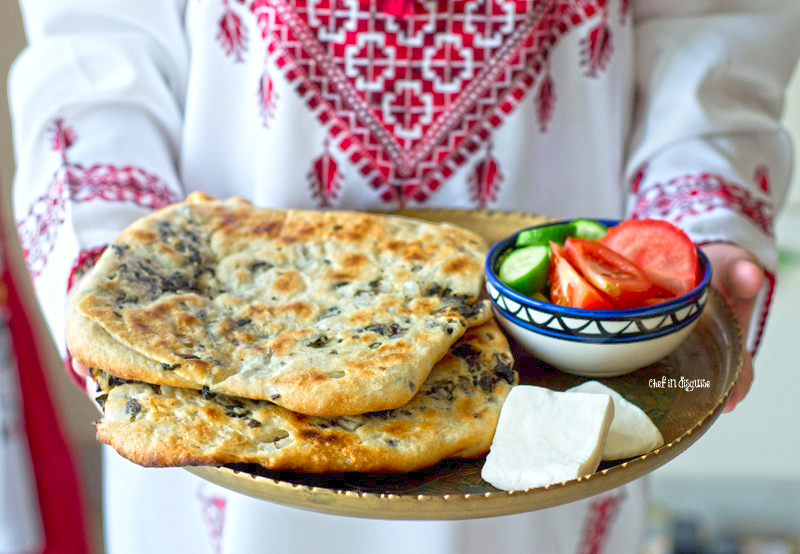
You see Zaatar in Palestine, grows in the mountains. It is a wild plant that you usually find in the cracks of stone slabs. The wild zaatar plants are strong and defiant. You can cut off all the stems yet as long as you leave the roots in the ground, it will grow back again. Its smell is strong, its taste is peppery, sharp and it sets your taste buds on fire.
When the occupation came, many of the Palestinian poets and authors used zaatar as a symbol for the resistance because of the defiant strong nature of the wild plant. Zaatar slowly became a symbol in the Palestinian culture for not giving up , for holding on to your roots against all odds, for Palestine the homeland, for resisting the occupation, for our right to exist as a free nation.
That is why you are more likely than not to find a little bag of zaatar in the suitcase of any Palestinian who is traveling away from home. You will find it on their breakfast tables, in their kids’ sandwiches, in their poems and bedtime stories. It is a little lifeline we all carry that keeps us connected to our roots. It keeps the dream alive that one day we can grow again, wild and free under the sun.
You can watch a step by step video of making these zaatar fteer in the video above
Before getting to the recipe, allow me to explain something that I have received quite a few questions about. Zaatar is the Arabic word for oregano. The word is used for anything and everything that is made from oregano: the oregano plant itself, dried oregano, and even for the spice mix made using oregano, sesame seeds and sumac!
To help alleviate the confusion, there are terms for the different subcategories:
Zaatar akhdar (green oregano): refers to the fresh oregano leaves used to make salads, different types of pastries and warm and comforting winter drinks (fresh oregano+ boiling water+ honey= the ultimate drink to treat a cough)
Zaatar nashef (dried oregano): refers to dried oregano leaves, these are added to marinades, spice rubs and sauces
Zaatar Dukka: refers to the spice blend made using dried oregano, sesame seeds, sumac and a variety of other spices
I hope this helps clear out some of the confusion and answer some of your questions 🙂
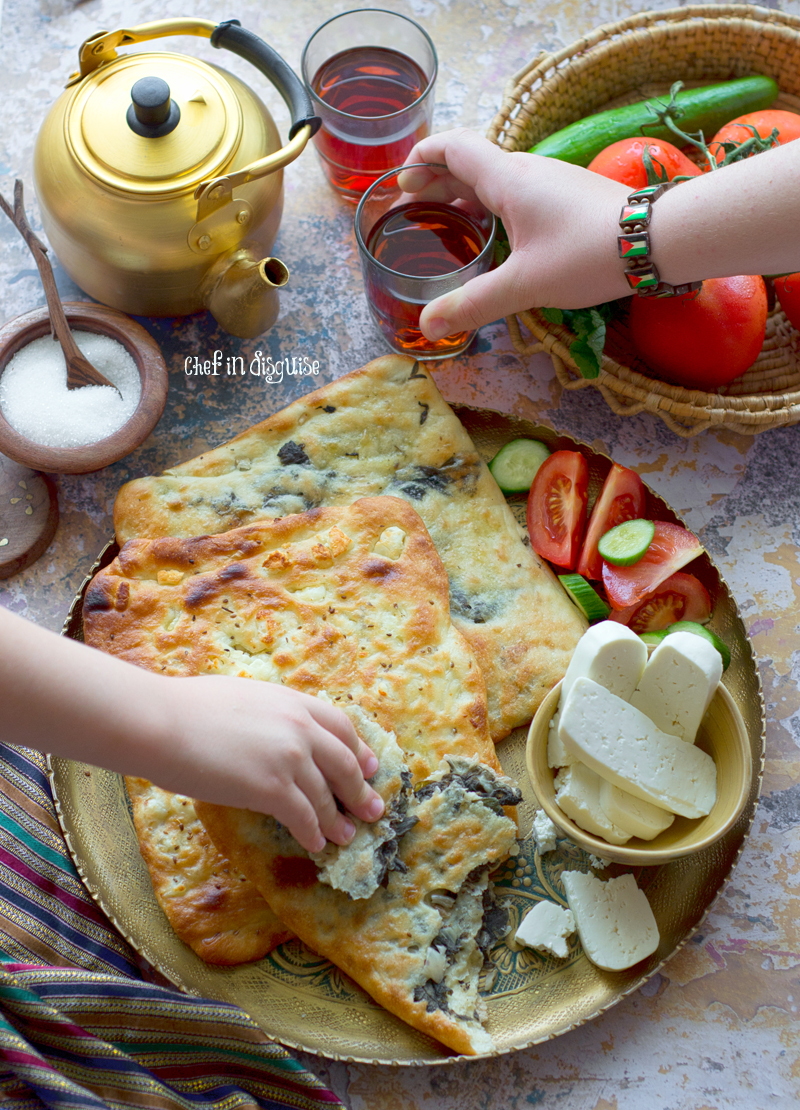
Palestinian zaatar fteer
You can find the cheese filled version of this fteer here
To make 8 fteer squares
1 kg all purpose flour
1 tablespoon yeast
1 teaspoon sugar
1/4 teaspoon salt
3 cups water (see notes)
For layering the bread
1/2 cup olive oil
1/2 cup vegetable oil
Fresh oregano filling
3 packed cups oregano leaves, washed, drained and dried
1 medium onion chopped finely
1 tablespoon sumac
2-3 tablespoons olive oil
Salt to taste
A pinch of citric acid (optional)
1. Mix the filling ingredients in a bowl , set aside
2. Add the yeast and sugar to the flour, whisk to combine, add the water and start kneading adding water gradually till you get a soft sticky dough consistency (You may need more than 3 cups of water)
3. Knead the dough for 5-7 minutes, allow to rest , covered in a warm place for half an hour
4. In a bowl add the vegetable oil and olive oil and keep it next to your working area.
5. Dip your hands in the oil and cut the dough into 8 balls , brush each ball in the oil mixture, cover and allow to rest for another 10-15 minutes
6. Brush a pan or your working surface with a little oil, start with the first dough ball you cut and spread it into a circle roughly 25 cm (keep the other dough balls covered while you work)
7. Brush the top with a little oil then fold one third of the circle onto the middle third of it(the video in the post will make it easier for you to follow the steps)
8. Spread your filling onto the folded part of the dough, drizzle with the oil mix
9. Fold the other third over the filling, the dough should look like a rectangle
10. Brush it with oil and cover it with filling
11.Fold one-third of the rectangle over the middle third
12. Brush the top with oil and spread with filling
13. Fold the other third of the dough over the center. Allow this one to rest while you start working on the next one.
14.Once you have stuffed and folded all the dough balls, go back to the first square and brush it with oil and spread it into a larger square using a rolling-pin or your hands Then do the same with the rest of your squares.
15.The larger and thinner you spread the filled dough, the more crispy the final bread will be and vice versa. Transfer the dough to a baking sheet that you have brushed with oil and sprinkle them with anise if using the cheese filling
16. Bake on the middle rack of a preheated oven (270 C or the highest temperature your oven will go)Once the bottom is golden brown, turn on the broiler till the tops are golden brown too
17. Don’t leave this bread unattended, it browns quickly because it is thin. Allow the bread to cool on a wire rack for 7-10 minutes and then cover it with a clean dry cloth to keep it from becoming dry.
Notes:
- The amount of water that you use may differ with the brand of flour, the weather and other factors. Just add enough water till you get a smooth and slightly sticky dough
- The traditional way to make this bread is the one listed in the video. If you would like your bread to be richer, you can add 1/4 cup of olive oil to the dough. Some people add 1/4 teaspoon of ground mastic and 1/2 teaspoon ground mastic to the dough and replace 1 cup of the flour with milk powder to get a richer dough. If you want my advice, try the recipe as is first then try it with the modern adjustments and decide which one you like better
- You can use frozen zaatar for the filling. You can also used dried oregano leaves, just soak them in water for 30 minutes then strain them and squeeze out the excess water
- Be generous with the amount of oil you use to brush each fold of the bread, since the dough itself has no oil, the oil between the layers is essential to the final taste and texture
